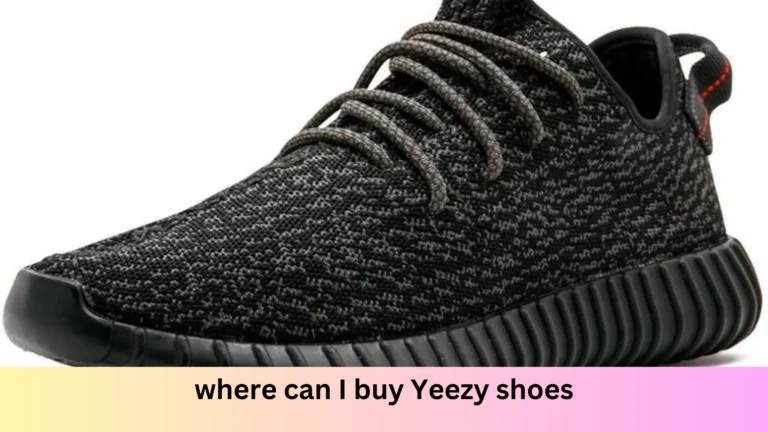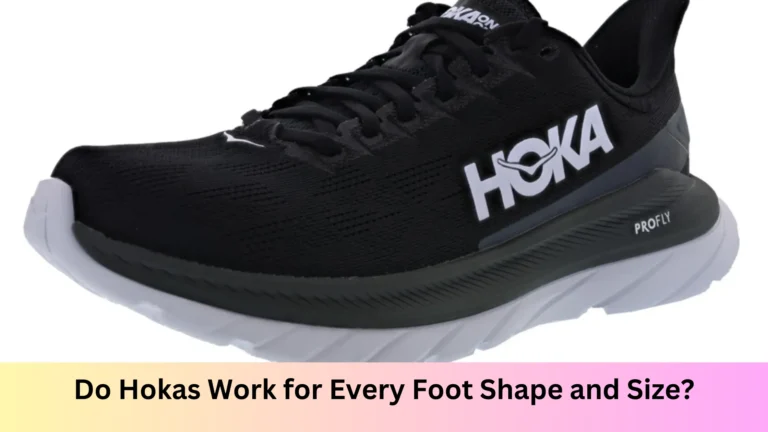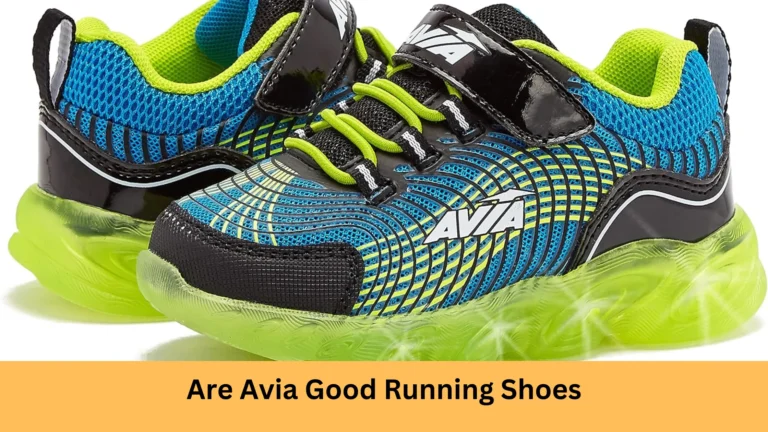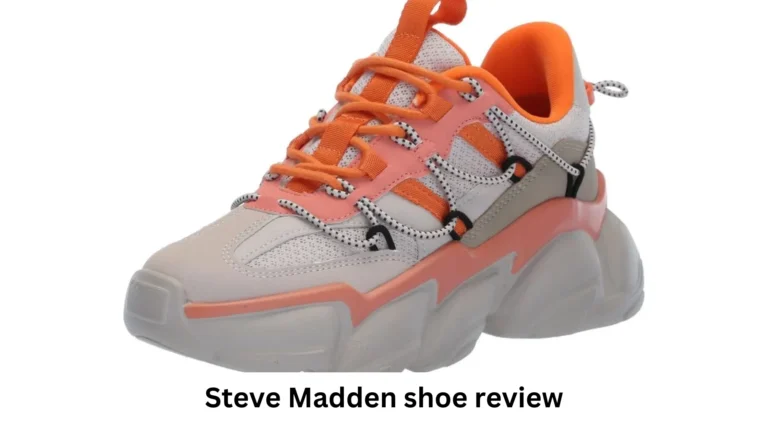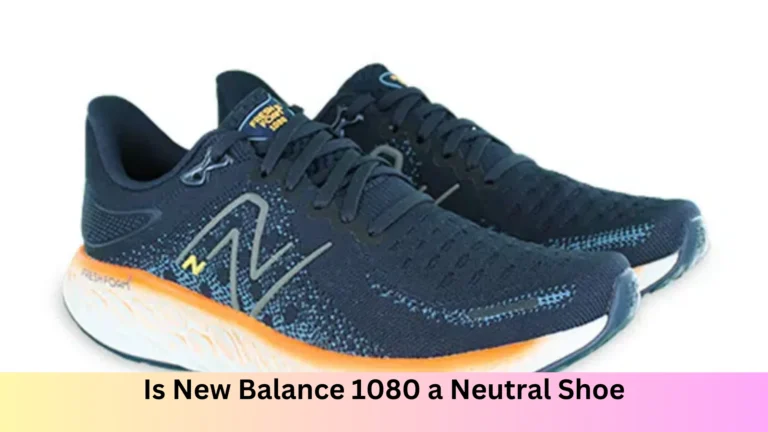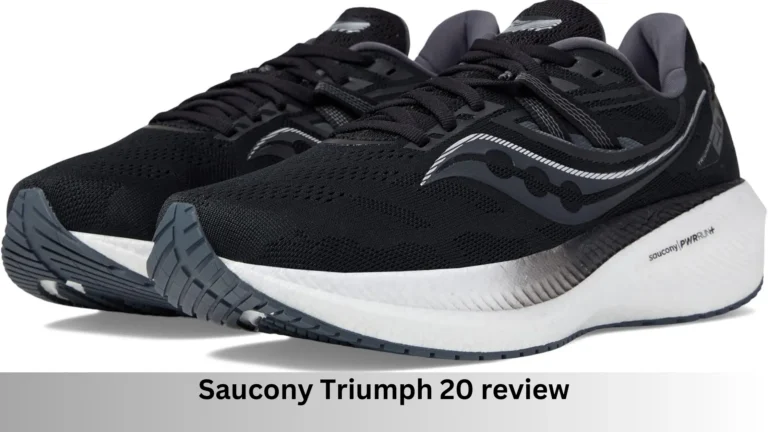
Any runner will tell you there’s nothing better than sliding on a brand-new pair of shoes. So how often should runners spend hundreds of dollars on their next pair of shoes?
According to conventional thinking, a running shoe should last between 500 and 800 kilometers on average. However, where did this suggestion originate, and is it supported by science?
Impact testing using devices meant to replicate the shoe’s frequent contact with the ground while running provides some evidence. Observing runners who have worn shoes for extended periods in the actual world provides additional proof.
Shoes’ construction and materials are frequently the subject of this research. However, we believe that shoe comfort, performance benefit, and injury risk are more persuasive metrics for the runner.
It’s also preferable to take into account individual signs depending on your shoe type and its use rather than trying to find a “one-size-fits-all” solution to the question of how many kilometers your shoes should be limited to.

The three signs to watch for
Runners tend to replace their shoes for three main reasons:
- they believe their performance is being negatively impacted
- their shoes are leading to some bodily discomfort which may cause (or has already caused) an injury
- the shoes are no longer comfortable or “feel” as good as they used to.
So what does the evidence say about these factors?
Performance
There are certain aspects of shoe material that do improve running efficiency. Peak performance on race day may be hampered by these materials being eroded by the accumulation of kilometers.
The best example of this is the carbon fiber plate shoes that today’s elite runners wear to attain fast times in road races. The combination of extremely flexible and elastic midsole foam and a stiff integrated carbon fiber plate, which facilitates energy storage and return, is regarded to be the driving force behind this design.
Compared to regular running shoes, runners will usually “save” these shoes until race day and change them after fewer kilometers.
The benefits of these shoes’ performance are supported by the current studies. The duration of the advantages in relation to kilometers of wear is unknown, though.
As far as we are aware, there has only been one study on the relationship between shoe wear and running performance; sadly, carbon fiber plate shoes were not used in this study. A master’s thesis from the University of Connecticut 2020 examined the Nike Pegasus shoe usage of eight collegiate runners across a distance of 400 miles (643 km).
At 240 km, there were reported large running economy losses, and at 320 km, these were statistically significant. At 160 km, there was no decrease seen.
Thus, if you’re trying to set personal records, the data above indicates that shoes should be changed every 160 to 240 kilometers for optimal performance (albeit this isn’t based on studies on carbon fiber plate shoes specifically).
Keeping your favorite racing shoes “fresh” by reducing the number of training kilometers they receive seems to be a better way to perform at your best on race day than competing in worn-out shoes.
Injury or discomfort
The evidence supporting the relationship between shoe use and injury is weak and frequently contradictory.
One study did reveal that runners who rotate their running shoes have a decreased risk of injury than runners who exercise only in the same pair of shoes over a 22-week period. Throughout the study time, runners who switched up their shoes would have worn each one down more.
This lends some credence to the theory that wearing shoes with excessive mileage may raise your risk of injury. Regretfully, this study could not specify the precise age of the running shoes.
Nonetheless, the single-shoe pair users achieved an average of 320 km in their shoes, according to the running characteristics recorded (after accounting for a small minority who had to replace shoes throughout the trial).
In contrast, runners who wore many pairs of shoes utilized an average of 3.6 pairs, and ran a greater number of kilometers overall, but averaged only 200 kilometers per pair of shoes.
Also See: Do Gucci Shoes Run Small? Your Ultimate Guide to Gucci Sizing
Comfort
When choosing running shoes, the two most crucial considerations for runners are comfort and fit. While there is conflicting evidence connecting increased shoe comfort to lower injury rates or better running economy, runners should prioritize minimizing the negative effects of ill-fitting and uncomfortable footwear.
Most runners heel when they land. One 2017 study found that the material hardens due to repeated compression of the midsole—possibly after as little as 160 miles. After 160 km, however, there was essentially no difference in the amount of cushioning runners felt beneath their heels. They experienced only a 3% variation in their sensation even after 640 kilometers of use.
Although this may initially imply that runners are not very adept at determining when their shoes lose their cushioning, it also indicates that changes in how much cushioning is felt in shoes happen gradually and may not be significant for runners until they cross a particular threshold.
Although the precise quantity will vary from person to person and shoe to shoe, research indicates that runners won’t find the cushioning to be significant until it changes by roughly 10%.
Applying these findings to the newest running shoes, which use newer materials, requires caution.
When to choose new shoes
In the end, there’s no easy way to determine when to buy new running shoes. It’s possible that you don’t closely monitor the distance traveled by your preferred pair of shoes.
All things considered, we think the best advice is to keep your race shoes “fresh” (less than 240 km), rotate a few pairs throughout routine training, and replace them when you notice a noticeable decline in comfort.

Hello, I am Natasha Rose. I am the founder of the website Best Running Shoes. I am from California, USA. I am a professional shoe analyzer and an employee in a shoe showroom. I like to provide information about all types of shoes.
